Honda build quality. Multifunction bed that somehow manages to be both clever and compact. Slick three-speed automatic transmission.
No low range. Could use a touch more power. Only available with small-diameter tires.
Not the sexiest or most modern in the segment, but still a dependable, well-built machine. If you’re looking for low maintenance and ample ability to haul people or cargo, the Pioneer 700 delivers.
Think of the Pioneer as the Civic of Honda’s side-by-side lineup: approachable, humble, and built for wide appeal. The Pioneer line offers four different engine displacements, from 475cc to 999cc. The 700—its single-cylinder four-stroke actually displaces 675cc—sits second-largest.
For a compact machine, the Pioneer is surprisingly capable. That multifunction bed can be configured to carry up to 1,000 pounds of cargo or seat two adults. The Honda’s trail manners won’t set the world on fire, but this is a fun, chuckable, and honest little rig. (Again, think Civic.)
The Pioneer 700 was absent from Honda’s lineup for a short period but returns for 2025. Today’s version is essentially the same as the 2023 model. The only change of note is the addition of a new color—a TrueTimber Atera Camo wrap for 700 and 700-4 Forest models.
2025 Honda Pioneer 700: $12,499
2025 Honda Pioneer 700 Deluxe: $14,099
2025 Honda Pioneer 700 Forest: $16,099
2025 Honda Pioneer 700-4: $13,999
2025 Honda Pioneer 700-4 Deluxe: $15,599
2025 Honda Pioneer 700-4 Forest: $17,599
Prices do not include Honda’s mandatory $1,185 destination charge.
No matter which length of Pioneer you go with—two-seat 700 or four-seat 700-4—we’d suggest sticking with the Deluxe trim. This is the sweet spot in the Pioneer lineup; next to base 700s, Deluxe models get electric power steering and the ability to manually shift (via paddles) the Pioneer’s slick little three-speed automatic. Honda also throws in aluminum wheels, replacing the steelies of the base model, plus bed lights and a 12-volt accessory outlet.
Forest models get you all that and a few more nice features, but at a hefty $2,000 premium over the Deluxe.
Unless you really need the smallest possible rig, we’d opt for the four-seat 700-4. The price bump over the two-seater is modest, and the added utility is more than worth it.
The 2025 Pioneer 700 and 700-4 soldier on with the same engine the 700 has worn for years. Hold onto your butts—this is an overhead-valve fuel-injected 675cc single. It makes a stout 36 hp and is bolted to a three-speed automatic transmission with an automotive-style hydraulic torque converter.
OK, sure: The “hold onto your butts” line was a joke. But really, this is a competent little single, with typical Honda refinement, build quality, and reliability. Our only complaint is the output—the Pioneer occasionally feels underpowered and can struggle when asked to climb an incline with a full load.
Independent double-wishbone front and rear, with KYB gas-charged shocks. As off-road suspensions go, even by the standards of utility rigs, this is a staid setup. That said, it’s more than ample for the Pioneer’s intended purpose. It’s also tuned softly enough to make the Honda feel playful, fun to toss around. (Again, think Civic.)
The Pioneer’s four-wheel hydraulic discs are well suited to a utility rig of this size and power. Our only note hangs on the lack of a park gear in the Honda’s transmission—the Pioneer instead uses a hand-operated disc parking brake. As UTV Driver Editor-in-Chief Zach Bowman says, “We actually prefer this setup, as it gives you a bit more control on steep inclines.”
Buy a Pioneer 700, leave your large friends at home. And don’t expect a Lexus. Front legroom can be tight for taller drivers and passengers, and the rear seats in four-passenger 700-4 models are best described as cramped.
In any other utility machine, we’d chalk up those notes as complaints. Here, they’re just the nature of the beast. The Honda is a compact device, simply not designed for long days at the wheel.
The 2025 Honda Pioneer 700 is rated to tow an impressive 1,500 pounds. With the exception of two-passenger Deluxe and Forest models, every Pioneer 700 is rated to carry 1,000 pounds of cargo in the bed. Two-passenger Deluxe and Forest models are good for 900 pounds.
A simple LCD gauge cluster is standard. Some models feature LED bed lights and a 12-volt outlet designed to power accessories like sprayers and spreaders.
Honda recommends that the Pioneer receive its first service at 100 miles or 20 hours of run time, whichever comes first. Maintenance intervals come every 600 miles after.
One-year transferable limited factory warranty. An extended warranty is available.
Want to stay up to date on the latest UTV Driver news and reviews? Sign up for our weekly newsletter!










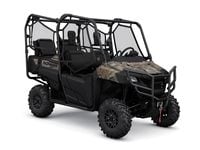
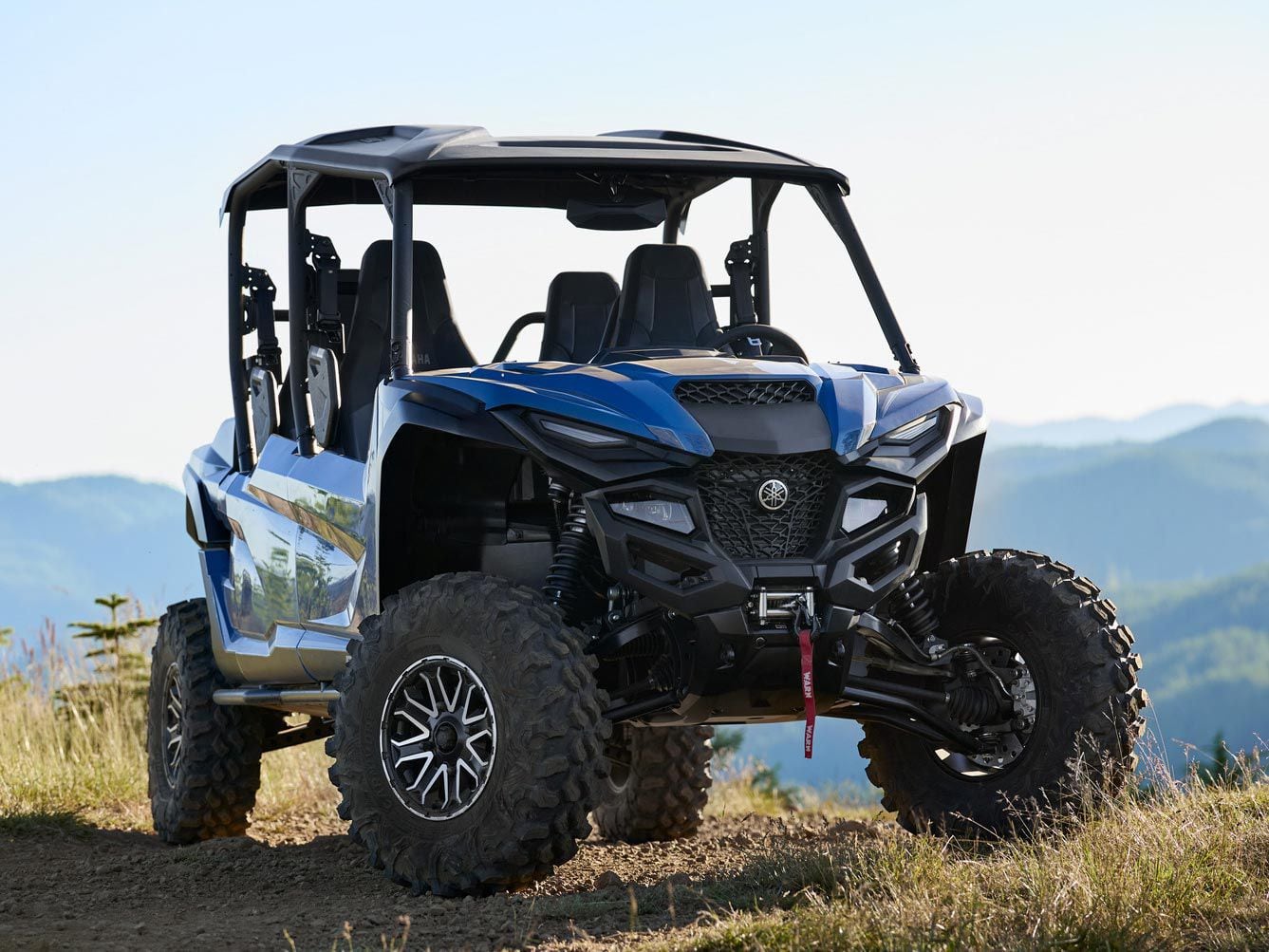
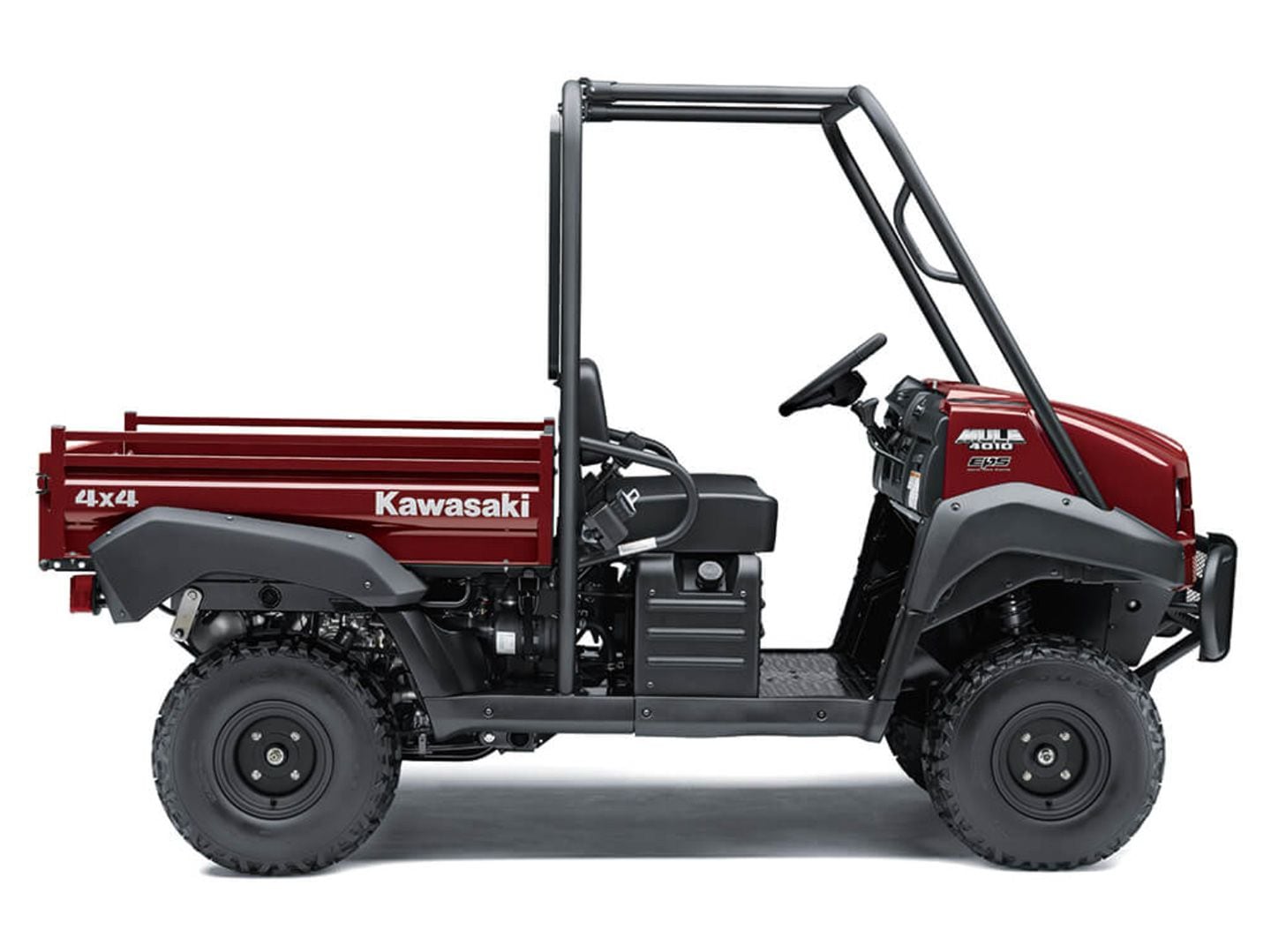
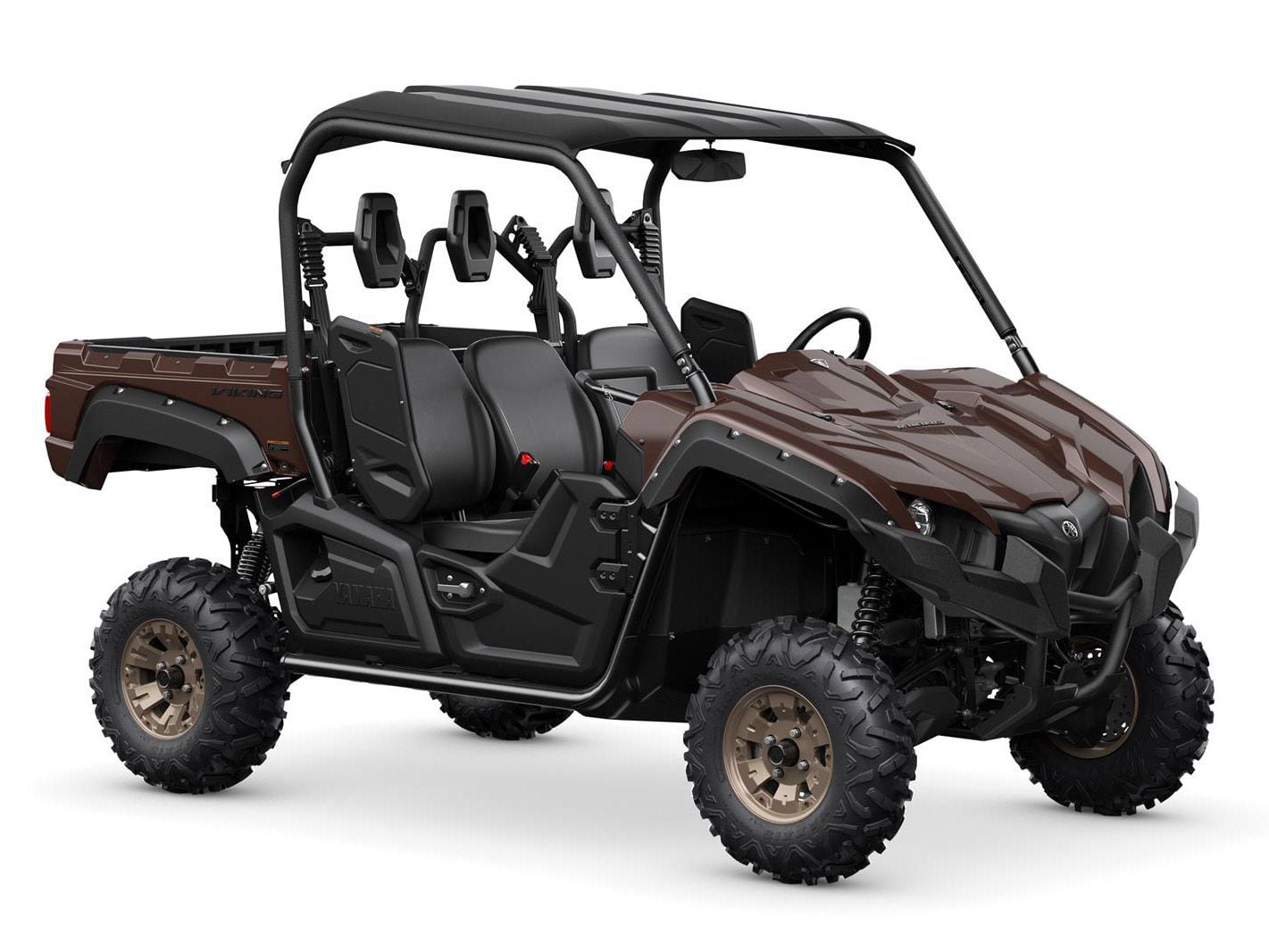
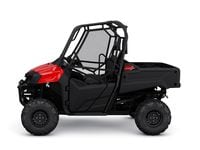
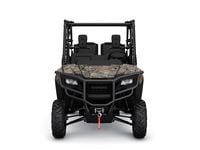
/cloudfront-us-east-1.images.arcpublishing.com/octane/KSFN6GF7CFBMJEDMPCJNS76RII.jpg)
/cloudfront-us-east-1.images.arcpublishing.com/octane/OHVTTZYCGZELJL6HCXYWTDLH6E.jpg)
/cloudfront-us-east-1.images.arcpublishing.com/octane/FNS4RFVVUVGHVCICL2OMT5L5AY.jpg)
/cloudfront-us-east-1.images.arcpublishing.com/octane/UMQEEX676VEVBK2L3B4TE7SZEQ.jpg)
/cloudfront-us-east-1.images.arcpublishing.com/octane/NQT2SWT7SJEEZG2RVRLPYCC5CI.jpg)
/cloudfront-us-east-1.images.arcpublishing.com/octane/6BWPJ77CZRH2ZNUNHJXGLK2O6M.jpg)
/cloudfront-us-east-1.images.arcpublishing.com/octane/HHJO75Z6BJCORBNUBGQHRB5B6E.jpg)
/cloudfront-us-east-1.images.arcpublishing.com/octane/EQT2LCW4INBQHNBMDVK6EZGXAU.jpg)
/cloudfront-us-east-1.images.arcpublishing.com/octane/EYOH2KZTYJBCBKYRMYNMG75EHQ.jpg)
/cloudfront-us-east-1.images.arcpublishing.com/octane/WPPTUTZ6SBB7BGD5MIOZZYQNGI.jpg)
/cloudfront-us-east-1.images.arcpublishing.com/octane/N65KBDC3HNHUXFJMJOWWA37IN4.jpg)
/cloudfront-us-east-1.images.arcpublishing.com/octane/VIWONJHHGZHUPDVLCQGOYK5KUA.jpg)
/cloudfront-us-east-1.images.arcpublishing.com/octane/WUSBK6D3PRH47KTQPHBCHNHEGY.jpg)
/cloudfront-us-east-1.images.arcpublishing.com/octane/XW7O5F3OJJEULDQVUUUMZ2UBPY.jpg)
/cloudfront-us-east-1.images.arcpublishing.com/octane/DKAQTHDEANF5TN6UWAYPC2IYS4.jpg)
/cloudfront-us-east-1.images.arcpublishing.com/octane/B6XEXFJNERAKLP5S2LFP3DQEFM.jpg)